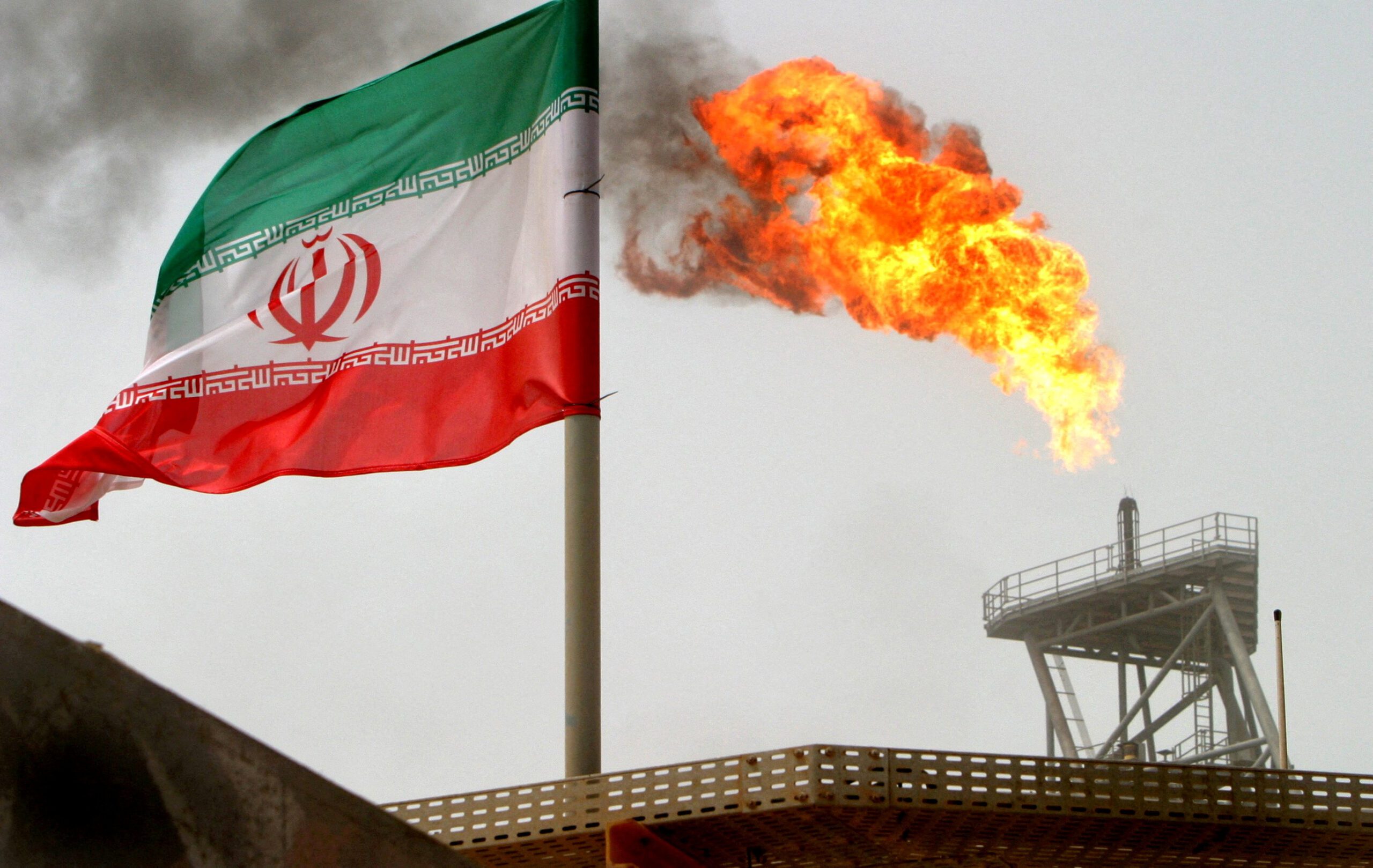(Bloomberg) — The prospect of a deal over Iran’s nuclear program saw oil fall sharply on Thursday. The reality is that Tehran has relatively little extra crude that it can bring back — but it could arrive in a market that’s gearing up for surplus.
Oil slumped as much as 4% in London, reversing several days of gains, after Trump, speaking in Qatar, said of Iran’s nuclear program that “I think we’re getting close to maybe doing a deal.”
While the impact of a breakthrough would have broad-based geopolitical ramifications in the region, traders will still be watching closely to understand how many barrels can be restored. Importantly, a deal might prevent Iranian barrels from being removed from the market — something that’s concerned traders all year.
The Persian Gulf state currently has about 300,000 to 400,000 barrels a day of spare capacity that it could bring back, the head of the International Energy Agency’s oil markets division estimated on Thursday — broadly chiming with estimates elsewhere. That is roughly 0.3% to 0.4% of global consumption.
“Let’s just assume all sanctions were going to be lifted, the actual volume coming back to the market is not going to be that much,” Amrita Sen, co-founder and head of research at Energy Aspects, said in a Bloomberg TV interview. “It’s around that 200-300 thousand barrel-a-day mark.”
Iran pumped about 3.4 million barrels a day in April and its capacity is between 3.7 and 3.8 million barrels a day, the head of the IEA’s oil markets division Toril Bosoni said in a Bloomberg TV interview. Whether it brings all that supply back online would depend on the nature of any deal that’s struck, which remains uncertain.
“There could be a few hundred thousand barrels a day of supply to come,” Bosoni said. “There’s a lot of uncertainty there depending on the deals that are being made and negotiated at the moment.”
Clandestine Shipping
Iran has largely kept its crude exports flowing using its own tanker fleet as well as clandestine vessels operating outside the purview of western authorities.
Those practices have made it harder to track exactly how much the country ships each month and, by extension, its output.
A Bloomberg survey put the country’s production at 3.35 million barrels a day in April. Data provider OilX, which is part of Energy Aspects says its crude production was between 3.1 million and 3.4 million barrels in the first months of this year.
Market watchers widely expect an oversupply this year. The International Energy Agency said on Thursday that it expects global oil inventories to rise by more than 700,000 barrels a day this year on average, while the US Energy Information Administration sees smaller builds but still expects increases.
The US has also been steadily ramping up sanctions in a bid to disrupt the networks that help ship Iranian barrels to China, including designating processing plants in the world’s largest importer. Bank of America Corp. said on Thursday that it sees a deal as a likely outcome.
But if sanctions are tightened before then, exports could fall from about 1.5 million barrels a day to below 1 million barrels a day, Energy Aspects’ Sen added.
“Even though headlines like this are clearly negative for sentiment, the change to balances is not going to be that much because most Iranian oil is already on the market,” she said.
© 2025 Bloomberg L.P.

 Join The Club
Join The Club











